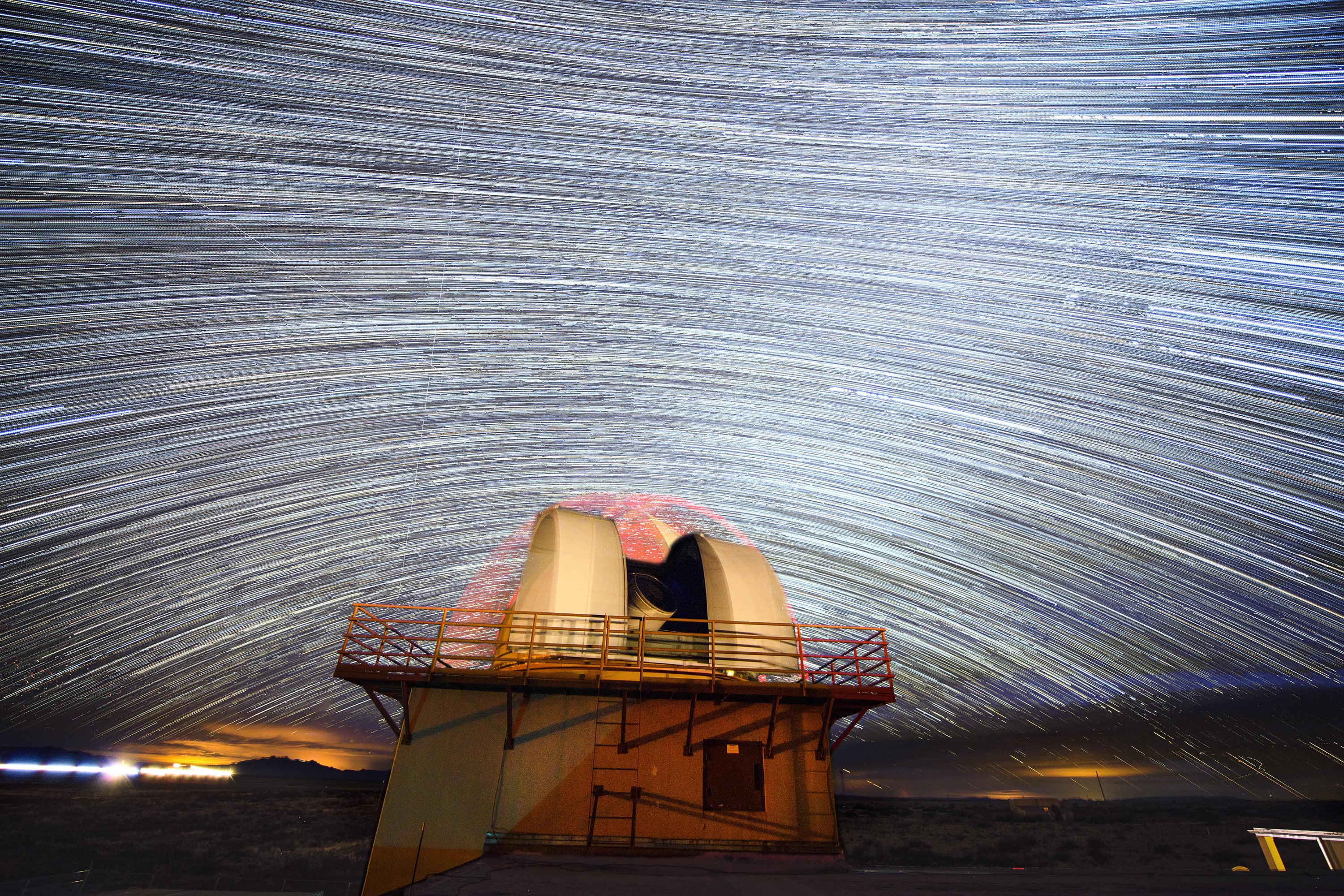COLORADO SPRINGS, Colo. — China is the greatest threat to America’s assets in space, and that threat will only increase should the U.S. not adapt its war-fighting approach in orbit, the head of the Pentagon warned Tuesday.
Acting Defense Secretary Patrick Shanahan used a keynote speech at the annual Space Symposium to highlight what he described as dangers from Beijing, and to use those concerns to make the case for why the U.S. needs a trio of new space organizations.
“The threat is clear: We’re in an era of great power competition, and the next major conflict may be won or lost in space,” Shanahan said in prepared remarks. “We are not going to sit back and watch — we are going to act. We are going to deter conflict from extending into space and ensure we can respond decisively if deterrence fails.”
The Pentagon chief specifically called out a number of Chinese systems — including a ground-based laser — that could hold American capabilities at risk.
RELATED

“China’s Communist government has exercised and continues to develop the capability to jam, targeting [satellite communications; intelligence, surveillance and reconnaissance capabilities; and GPS,” Shanahan said in prepared remarks. “The [People’s Liberation Army] is also deploying directed-energy weapons, and we expect them to field a ground-based laser system aimed at low-orbit space sensors by next year.
“They are also prepared to use cyberattacks against our space systems and have deployed an operational ground-based ASAT [anti-satellite] missile system. And China has moved rapidly in advanced weapon capabilities — particularly hypersonics — that we are not capable of tracking.”
Notably, while Shanahan cited specific Chinese capabilities by name, Russia received only a passing mention, with the Shanahan noting that Moscow is “doing many of the exact same things” as Beijing. Asked why the focus was so heavily on China, a senior defense official said the “scale” of Chinese activities is significantly more than that of Russia.
“We wake up much more worried about China every day than we do about Russia in space,” the official said. “Long term, China is the one that we’re worried about. And it’s China cyber, it’s China space, it’s China hypersonics — it’s the whole package for China.”
A former defense official familiar with space issues called that assessment “objectively true,” noting that Russia’s anti-space systems are “mostly legacy and old, with a few bits of new development,” while China has heavily invested in newer capabilities.
“Both are threatening in their own ways, and they have different capabilities, but if you really think about it as a major threat in the event of a big war, China’s [the concern]," the former official said.
Though focused on anti-space capabilities, the speech contained no mention of the most recent anti-satellite test conducted in orbit — India’s destruction of a satellite just two weeks ago. While the department has been vocal for years about Chinese anti-satellite capabilities violating norms of conduct, the Pentagon has largely remained silent on India’s launch.

The case for space
Shanahan’s speech kicks off what could be a major week for the Defense Department’s plans to create Space Command, a Space Development Agency and eventually a Space Force. The acting secretary is slated to appear in front of the Senate on Thursday to defend the plan for all three organizations.
His speech contained a trial run of the talking points that will likely come up during that hearing, including that the creation of the Space Force will cost each American $1.50 every year in additional costs after it is fully stood up, which is expected in 2024.
The speech also focused more on the case for the Space Force and the Space Development Agency, rather than the creation of Space Command, which has been the least controversial of the three proposals.
“The Space Force will develop requirements, work with interagency partners, engage with Congress and drive the organizational focus we need to win in space as the domain evolves,” Shanahan said. “The Space Force is a low-cost, low-bureaucracy proposal to ensure that America will have the ability to protect and defend our space interests for decades to come.”
RELATED

He added that the Space Force will lead in “recruiting, educating and promoting space personnel” across the department.
Shanahan’s reference to developing requirements was seen as a subtle jab at those who feel Space Command is all that’s needed, according to the former defense official who spoke to Defense News. The former official also sides with those who worry the trio of new agencies will simply add bureaucracy.
“It is more than a little ironic that the acting secretary is calling for unification and consolidation, while at the same time they are creating multiple more organizations with, apparently, different visions of the future,” the former official said.
The acting secretary also called on industry for help, saying the Space Development Agency in particular will be happy to incorporate commercial developments into its plans, and that overall the department wants to “rip off and deploy commercial market innovations.”
“Our competitors have made their choices. Space is under threat, but we are ready today and we will remain ready as these threats expand,” he said. “To those who want to partner with us: Buckle up. We are seizing on a once-in-a-lifetime opportunity.”
Aaron Mehta was deputy editor and senior Pentagon correspondent for Defense News, covering policy, strategy and acquisition at the highest levels of the Defense Department and its international partners.








